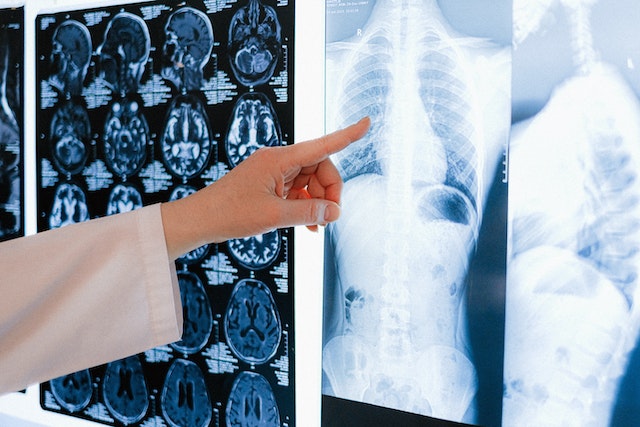
Pre-departure inspections play a vital role in protecting railroad transportation employees. During this process, railroad employees ensure that trains and other railroad equipment are in a safe condition and in proper working order before they depart from a station or yard. This simple procedure can help prevent catastrophic accidents and injuries during transport. Unfortunately, there have been numerous accidents, derailments, railroad worker injuries, and deaths due to inadequate inspection protocols. Most recently, a fatal accident occurred when a piece of iron protruding from a freight car went undetected prior to departure. The incident prompted the Federal Railroad Administration to issue Safety Bulletin 2022-01.
What Prompted the Safety Bulletin
The Federal Railroad Administration (FRA) is still investigating the fatal accident. Preliminary data gathered by FRA indicates that a train was running on the mainline when it struck a piece of angle iron protruding from a freight car on the adjacent main track.
According to the FRA, evidence suggests that the piece of iron was not related to lading material, but rather a repair measure for the scrap metal gondola car being transported. Further, the piece of metal appears to have been protruding from the car prior to departure from a previous customer.
Unfortunately, the angle iron was protruding into the foul of the adjacent track and ended up piercing a locomotive cab window, fatally injuring a member of the crew.
The FRA’s Safety Bulletin on Pre-departure Inspections
The FRA requests that all railway companies and operators thoroughly review this Safety Bulletin with its personnel to increase awareness of the importance of pre-departure inspections. Specifically, FRA urges train members to undertake a meaningful visual examination of the individual freight cars and identify any imminently hazardous conditions that are likely to cause an accident or casualty before the train leaves for its destination. This includes any protruding objects that may foul an adjacent track from a railcar. If such an observation is made, employees must report it immediately.
What are the specific requirements?
The FRA Office of Railroad Safety has established a list of hazardous conditions that must be inspected for in each freight car before it can safely depart, even if no designated employee is on duty to conduct the inspection. This list includes car body leaning or listing to one side, sagging wheels, broken and missing safety appliances, insecure couplings, overheated and cracked wheels, brakes that fail to release, and any lading leaking from a placarded hazardous material car. Ensuring that these conditions are checked before transporting a freight car is an integral part of ensuring railroad safety and preventing injury.
Conclusion
The recent FRA Safety Bulletin issued on pre-departure inspections is a reminder for Railroad companies and operators to thoroughly review their inspection protocols, ensuring all hazardous conditions are inspected before allowing freight cars onto the track. Railroad companies can avoid unnecessary deaths and injuries by adhering to these regulations and taking proactive steps toward worker safety.





